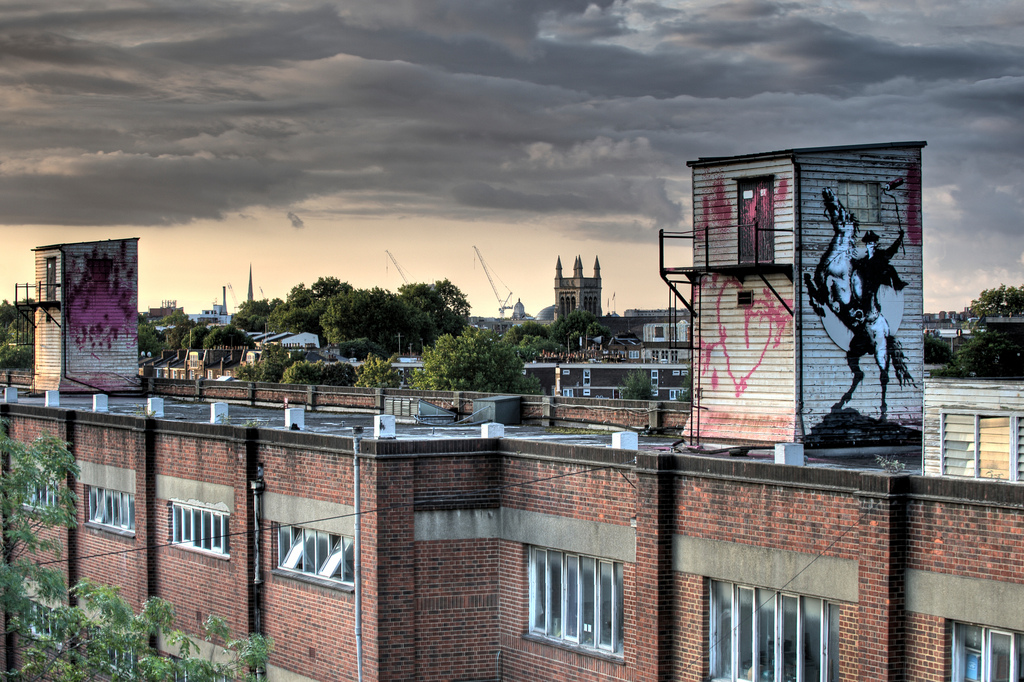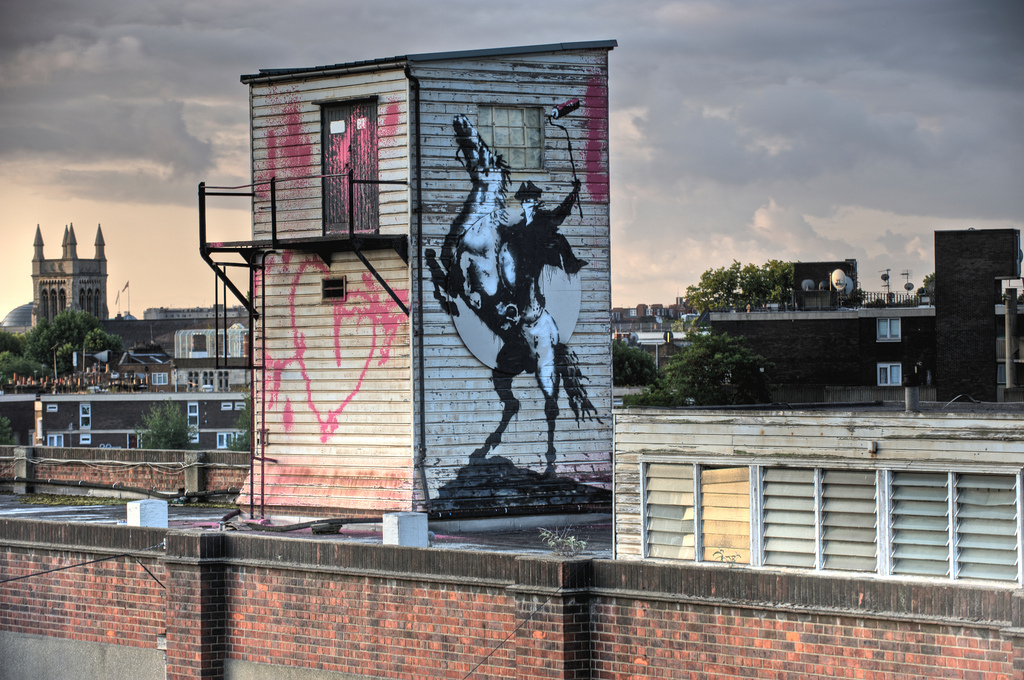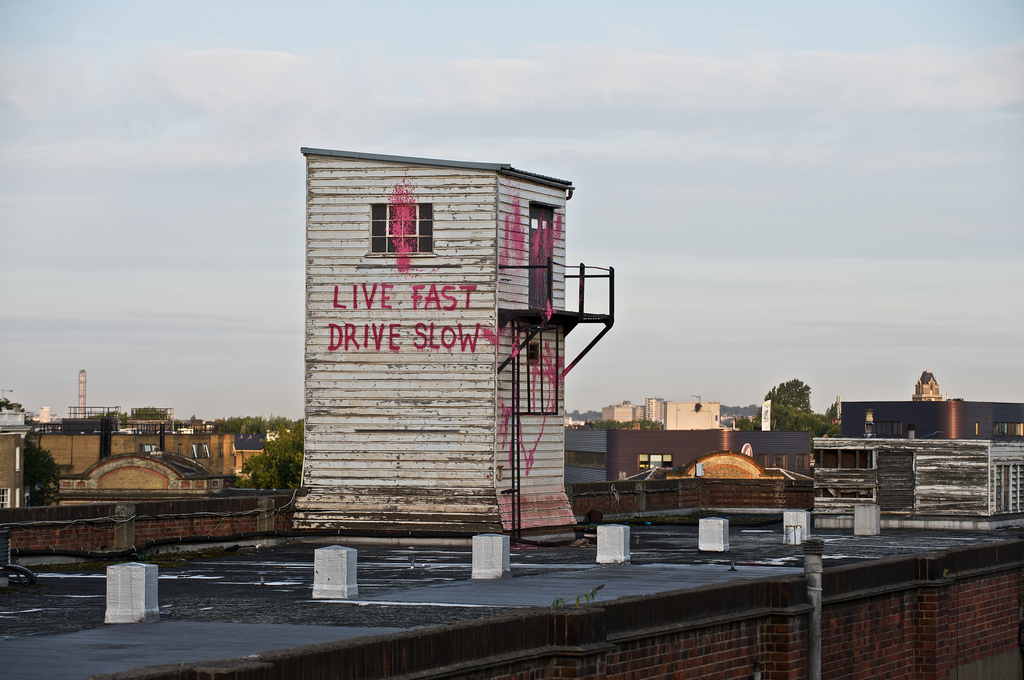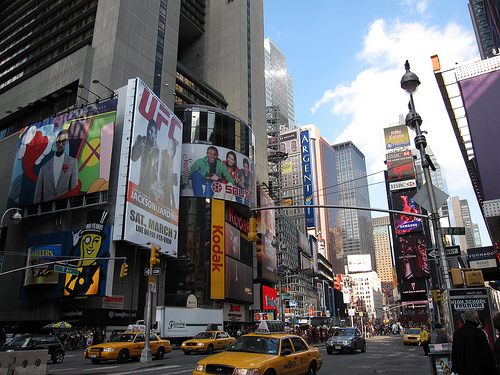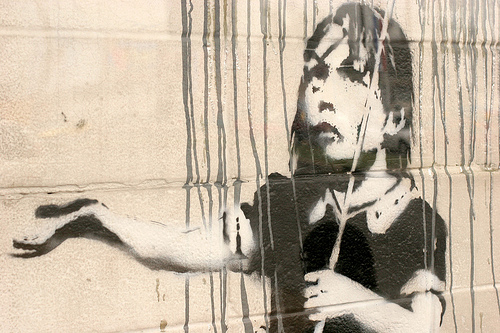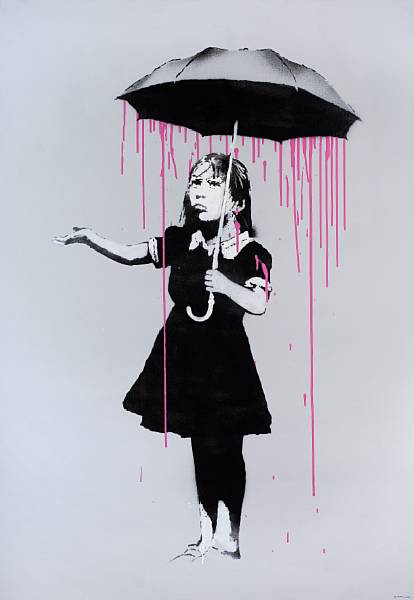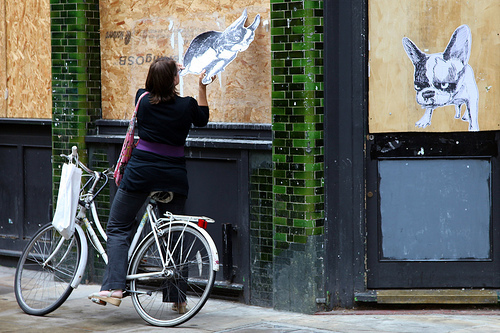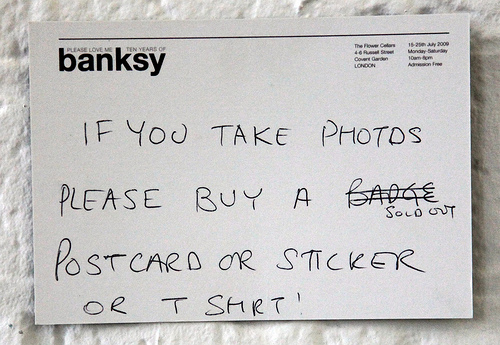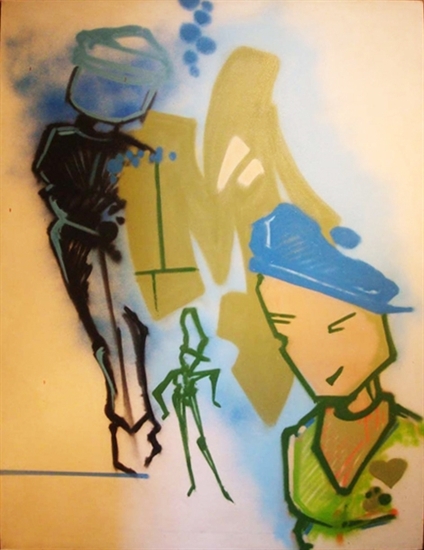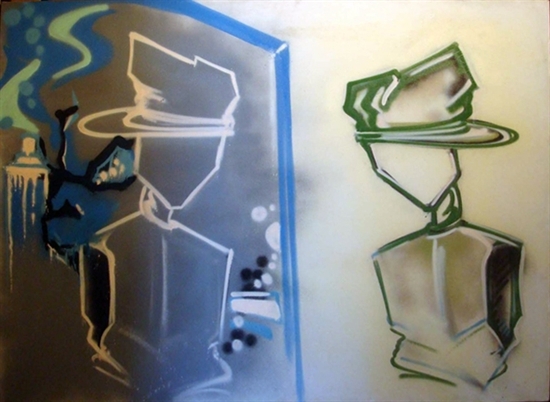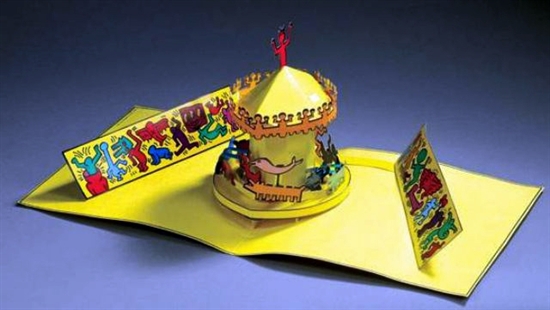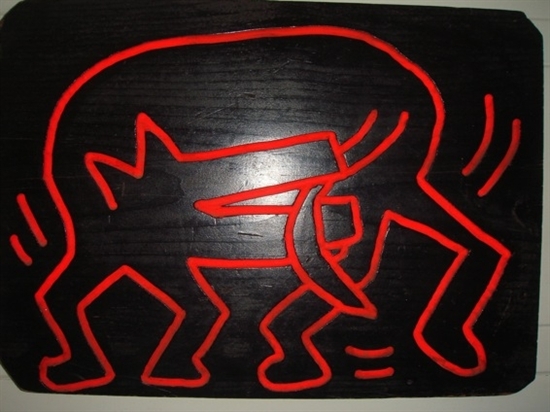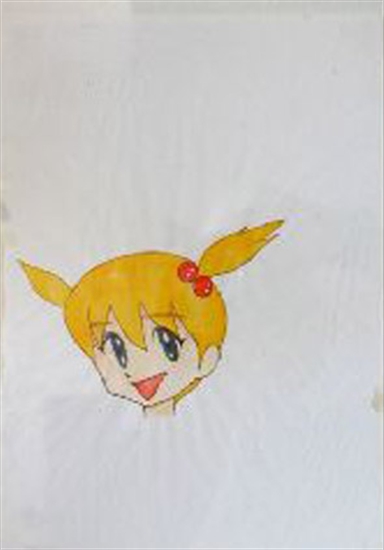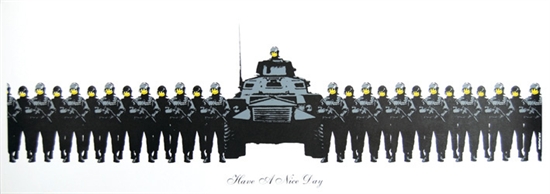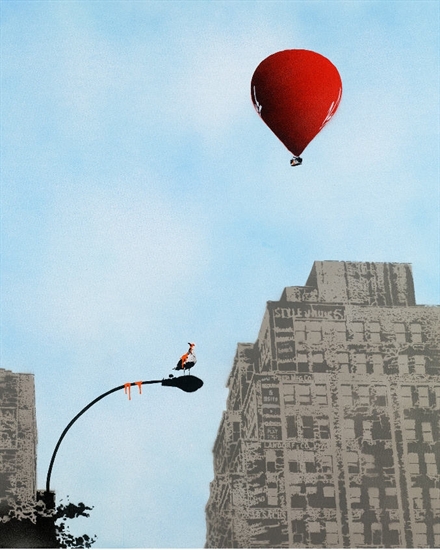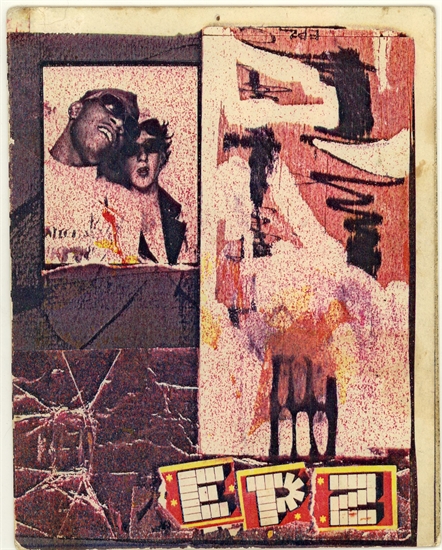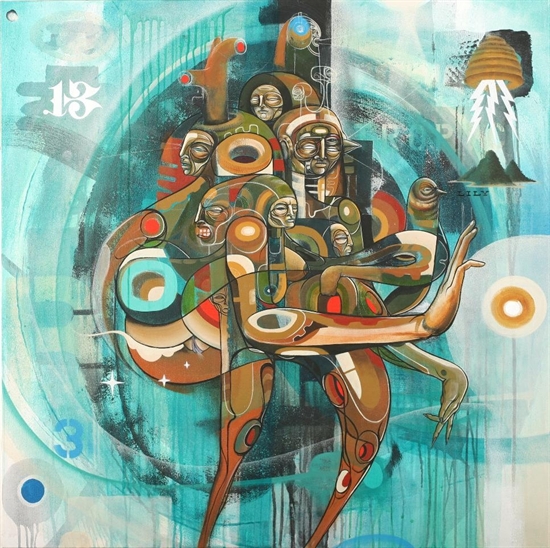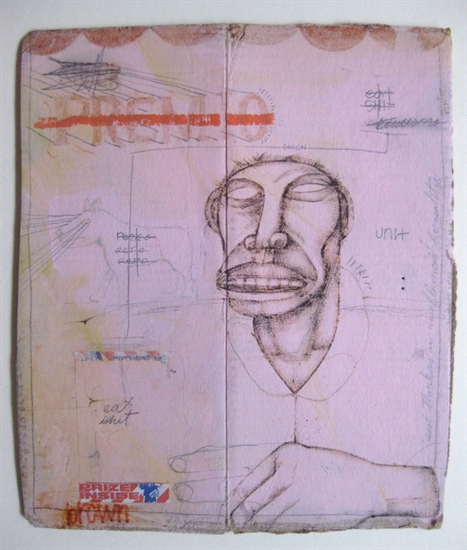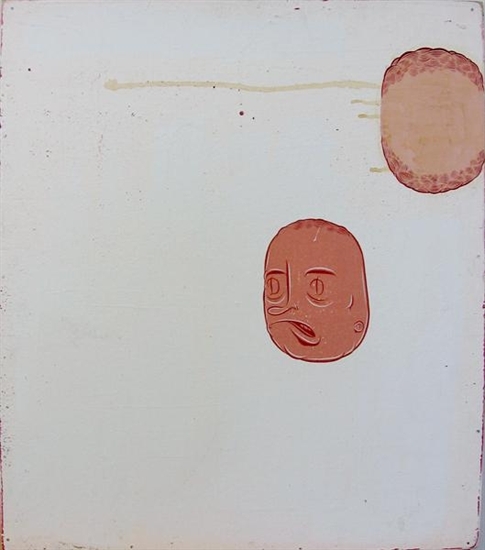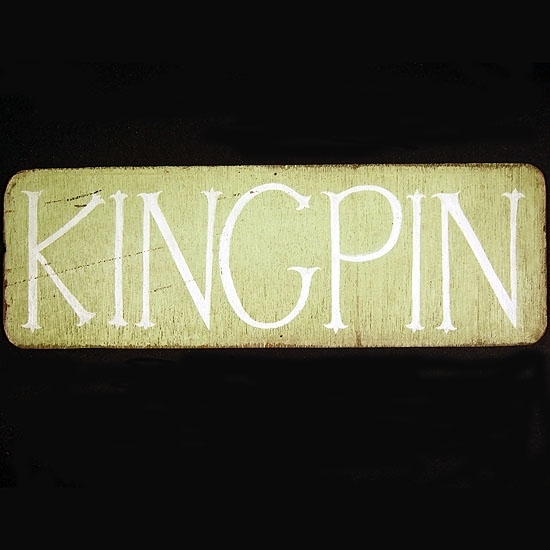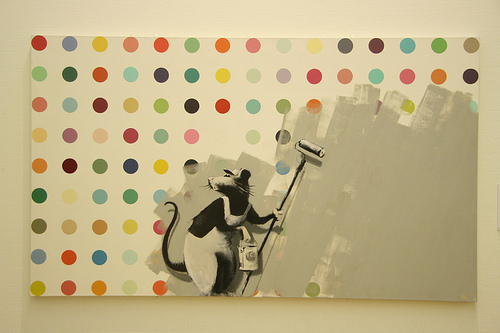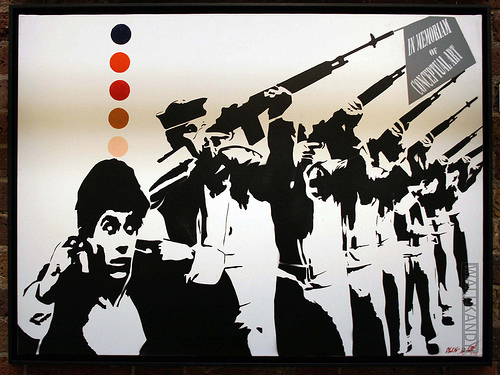UPDATE: Here is an important correction to this article. In short, many of the Banksy works referred to in this article shouldn’t have sold, as they were street works and not properly authenticated. Sorry I didn’t notice that when I first read the article, and thanks to WallKandy for the heads up.
Bloomberg.com reports that “Works by Banksy are disappearing from U.K. auctions as collectors shy away from paintings by graffiti artists in the financial slump.” Okay, so this isn’t actually so suprising, I’m more interested that it is being covered by Bloomberg. Banksy’s work isn’t selling like it used to at auction, despite some amazing work at both Sotheby’s and Christies (aka, two versions of The Flower Chucker being sold within a month).
This is a good article and should be read in full, but here’s a little sample:
Works by Banksy are disappearing from U.K. auctions as collectors shy away from paintings by graffiti artists in the financial slump.British regional auction houses have canceled specialist sales of urban art in London, while some of their bigger rivals’ catalogs have few stenciled works by Banksy, who was born in Bristol, west England, and keeps his identity a secret.
Falling prices and rising failure rates for Banksy works earlier this year have made sellers reluctant to test the market with higher-value paintings. Auction prices for contemporary artists generally have dropped between 30 and 50 percent with the crisis, according to dealers.
“There’s no point flogging a dead horse,” Ben Hanly, contemporary-art specialist at the Edinburgh auctioneers, Lyon & Turnbull, said in an interview. “The core collectors have been decimated. Young City types don’t want to spend 20,000 pounds ($32,690) or 30,000 pounds on trendy art at the moment.”
There were no Banksy paintings to be seen at Sotheby’s, Christie’s International’s and Phillips de Pury’s evening contemporary-art auctions in London in June, or at Bonhams’s Vision 21 sale on July 1. Meanwhile Lyon & Turnbull and Berkshire-based auctioneer Dreweatt Neate both dropped standalone events.
Five Banksy sprayed-stenciled works, ranging in estimate from 7,000 pounds to 18,000 pounds, failed to sell at Lyon & Turnbull’s April 24 contemporary-art auction in London. The company’s October sale will contain a higher proportion of works by established 20th-century British artists, said Hanly.
One important note that the article does go on to make is that street art, including work by Banksy, has been put into contemporary art auctions recently. Gone are the days of the “Urban Art Auction” and while yes, the market has slowed down, the positive to all this is that Banksy’s is in the same auctions as Andy Warhol and Damien Hirst. Perhaps street artists are going to be taken more seriously as a result of this move.
While this article definitely has some insights and is a good overview of what’s been going on with Banksy’s auction results lately, I do take issue with it on one thing.
Is it really fair to say that Banksy (and, by implication, street art as a whole) is in terrible shape right now? EVERYTHING IS FAILING TO SELL AT AUCTION! THERE WAS AN ART MARKET BUBBLE! Nobody can’t honestly say that just street art or Banksy is in trouble.
If we just look at Banksy for a moment, he has never been bigger, at least in the eyes of the public. According to Google Trends, there have been more web searches for the name “Banksy” in recent months than the term “modern art”. Banksy’s recent Bristol show has put his name in every major newspaper in the country, and only 10 days ago Steve Lazarides, Banksy’s former manager, had a major write-up in The Times.
Yes, art is doing poorly right now, but Banksy is by no means the worst off out of the entire art market, and neither is street art in general.

